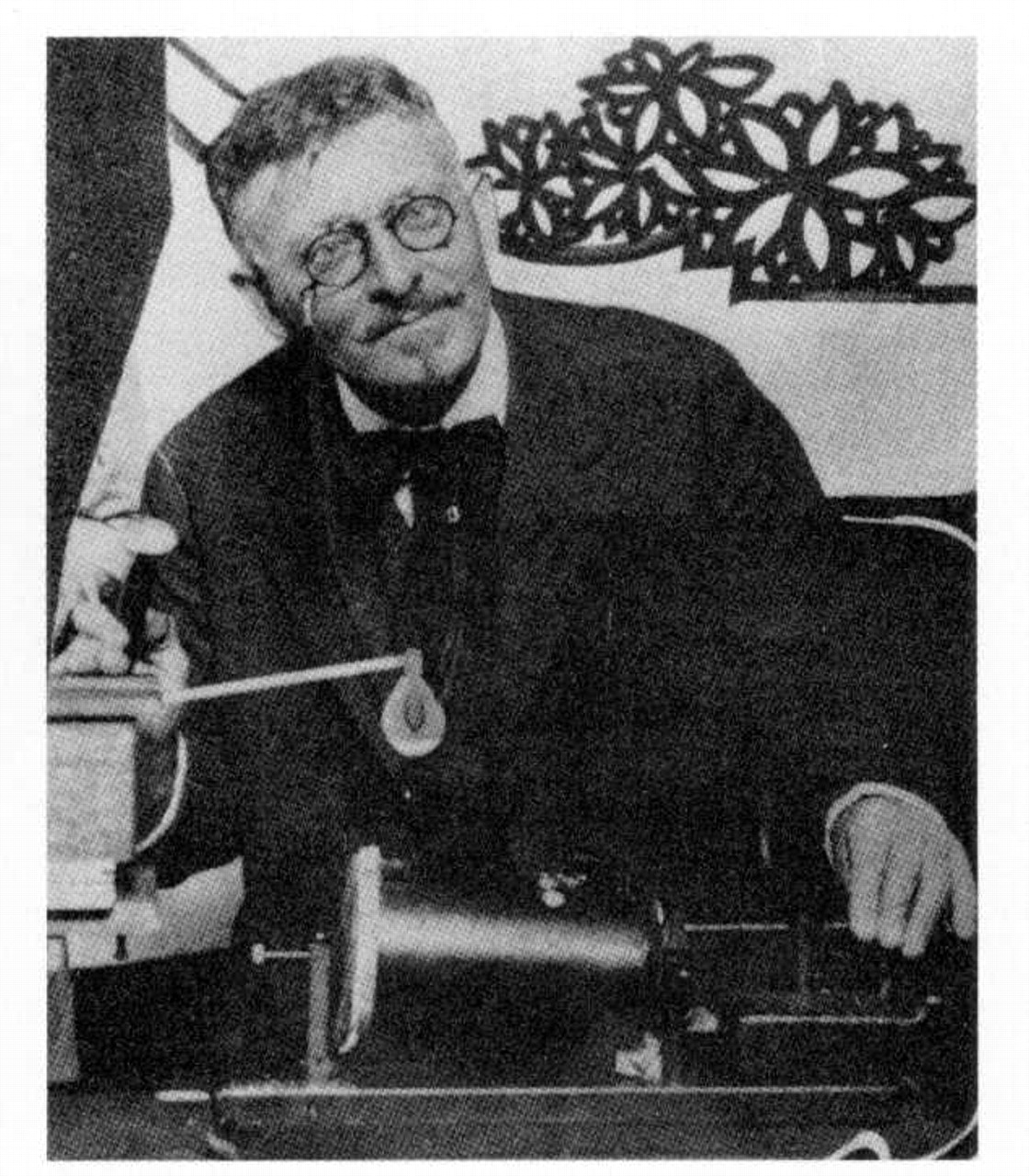Contents
Dr. Albert Abrams : Genius
What was the truth? Was Abrams a genius, as his partisans claimed, or a fraud, as the AMA claimed? SCIENTIFIC AMERICAN assembled a team of investigators who worked with a senior Abrams apostle named "Doctor X" to find out the truth. The investigators developed a series of tests, and the magazine asked readers to suggest their own tests, another measure indicating the publication's impartiality.
The investigators gave Doctor X six vials containing unknown pathogens and asked him to verify what they might be. It seems likely that Doctor X honestly believed in his Abrams machines, since he wouldn't have agreed to cooperate if he hadn't, and in fact he allowed the SCIENTIFIC AMERICAN investigators to observe his procedure. He got the contents of all six vials completely wrong. He examined the vials and pointed out that they had labels in red ink, whose vibrations confounded the instruments. The investigators gave him the vials again with less offensive labels, and he still got the contents all wrong.
The results were published in SCIENTIFIC AMERICAN, and led to a predictable "flame war" in the letters pages of the magazine between advocates and critics. The investigators continued their work. Abrams offered to "cooperate" with the investigators, but he always begged off when they stipulated conditions he didn't like. Abrams never actually participated in the investigation, and in fact in ERA publications he tried to paint himself as a victim of unjust persecution.
Then an AMA member sent a blood sample to an Abrams practitioner, and got back a diagnosis that the patient had malaria; diabetes; cancer; and of course syphillis, presumably bovine syphillis. Actually, the blood sample was from a Rock rooster. Similar tricks were played on other Abrams practitioners, and a few found themselves facing fraud charges in court. This was what the critics had been waiting for, since in a case in Jonesboro, Arkansas, Dr. Albert Abrams was called to be the star witness. Dr. Abrams managed to avoid appearing in court, however, by the effective if somewhat drastic measure of dying of pneumonia at age 62 in January 1924. The fact that his machines hadn't been able to cure him was not lost on the critics.
With Dr. Abrams gone, the AMA then publicly opened up one of his machines. Its internals consisted of nothing more than wires connected to lights and buzzers and so on. It was a prop, and it wasn't very a very good prop at that. It was clear that Dr. Abrams was a deliberate fraud.
The fad was over, but as long as there was a buck to be made, other people moved into the vacuum and built devices based on similar principles, such as they were. None would achieve the remarkable stature of those of Dr. Albert Abrams, who the AMA said "easily ranked as the dean of twentieth-century charlatans."
